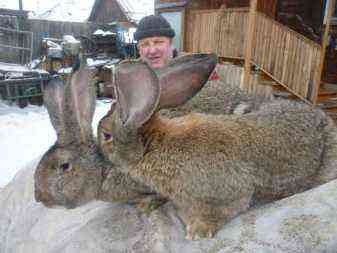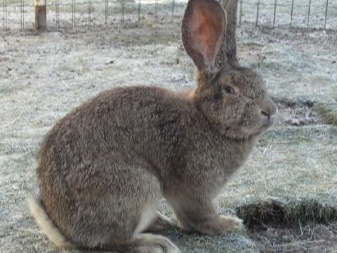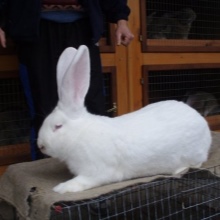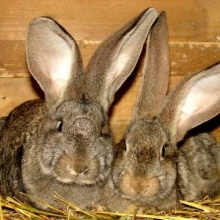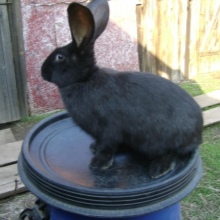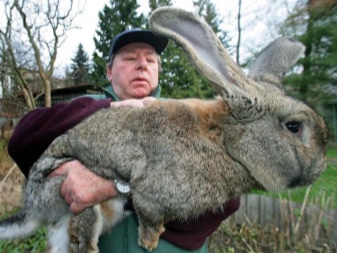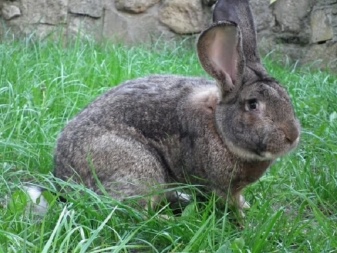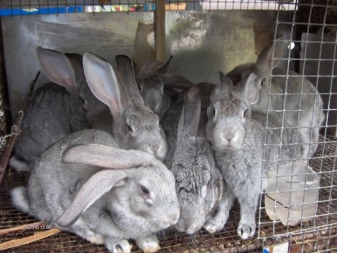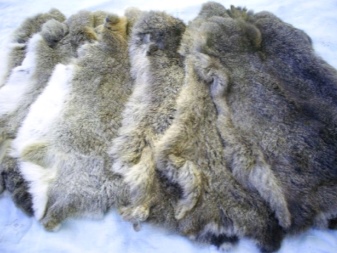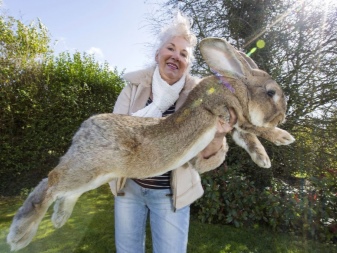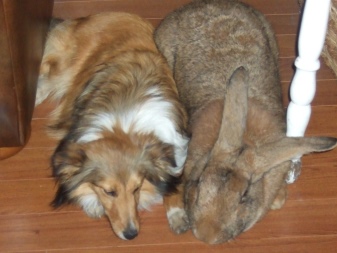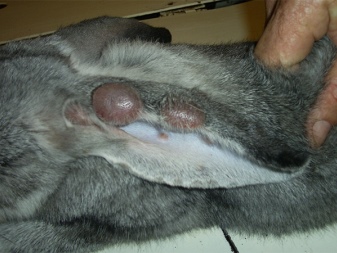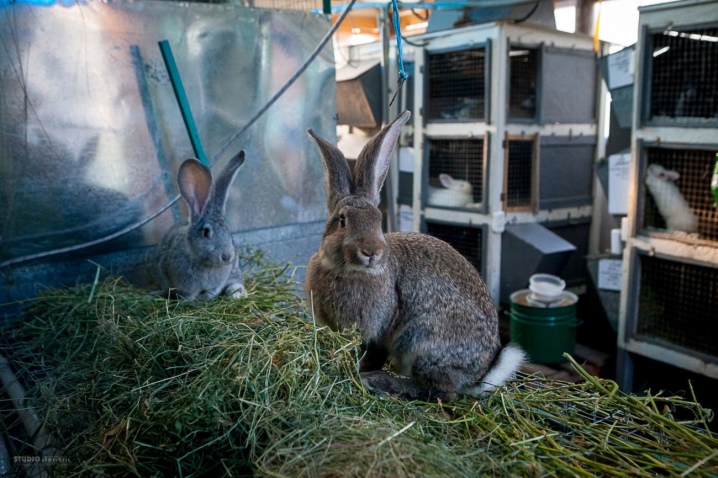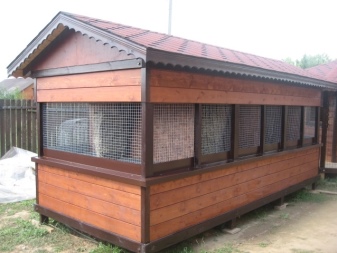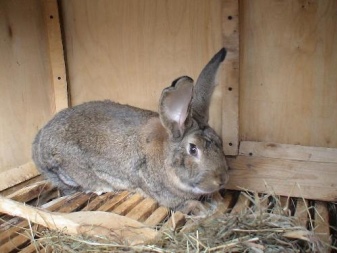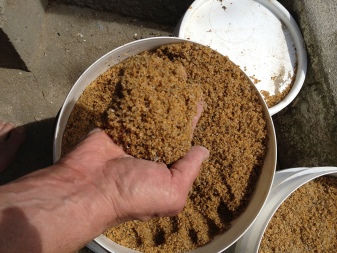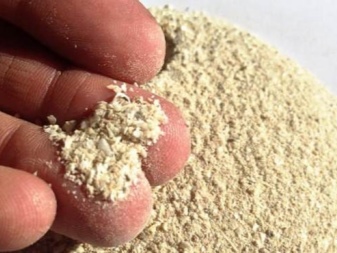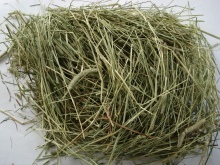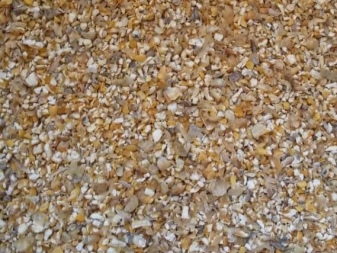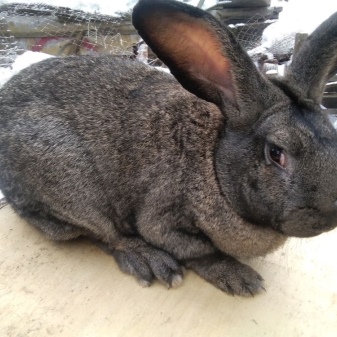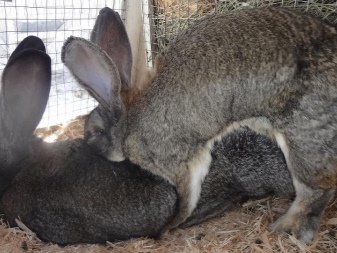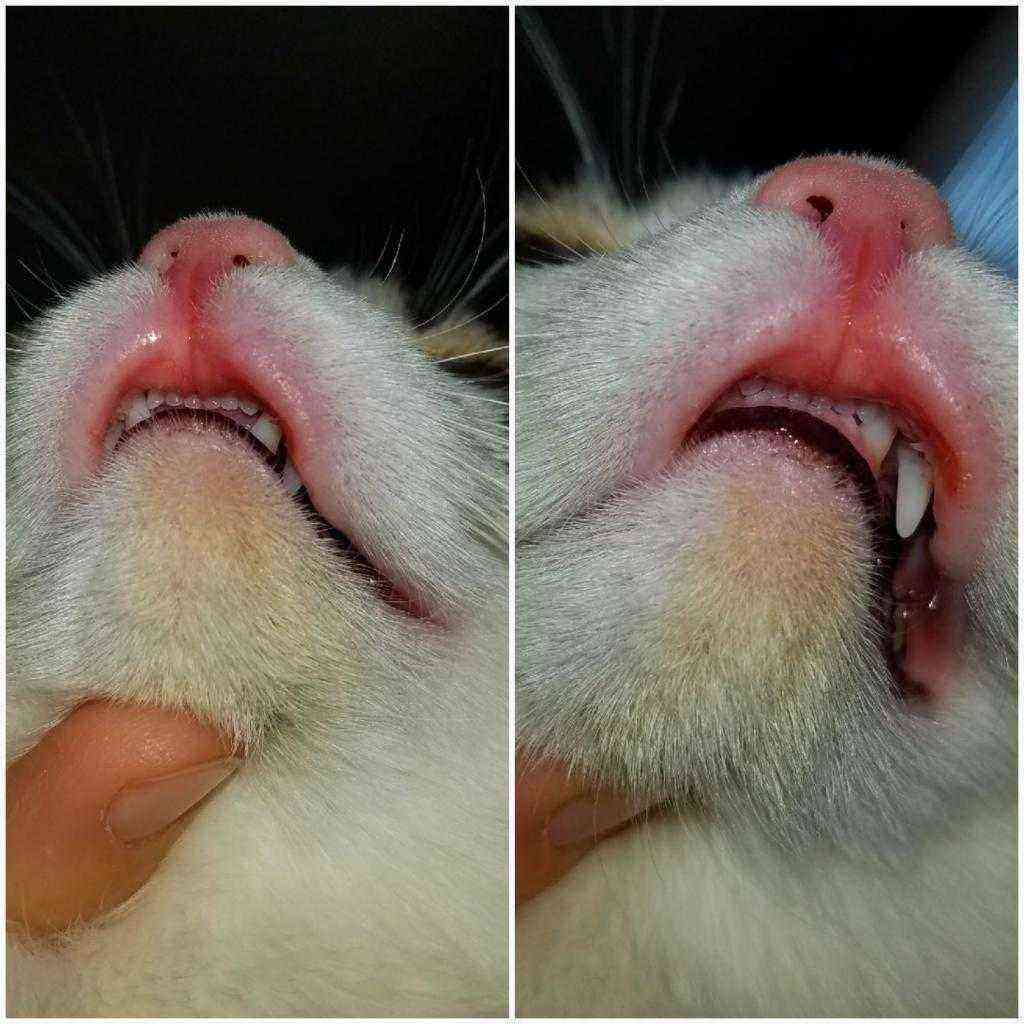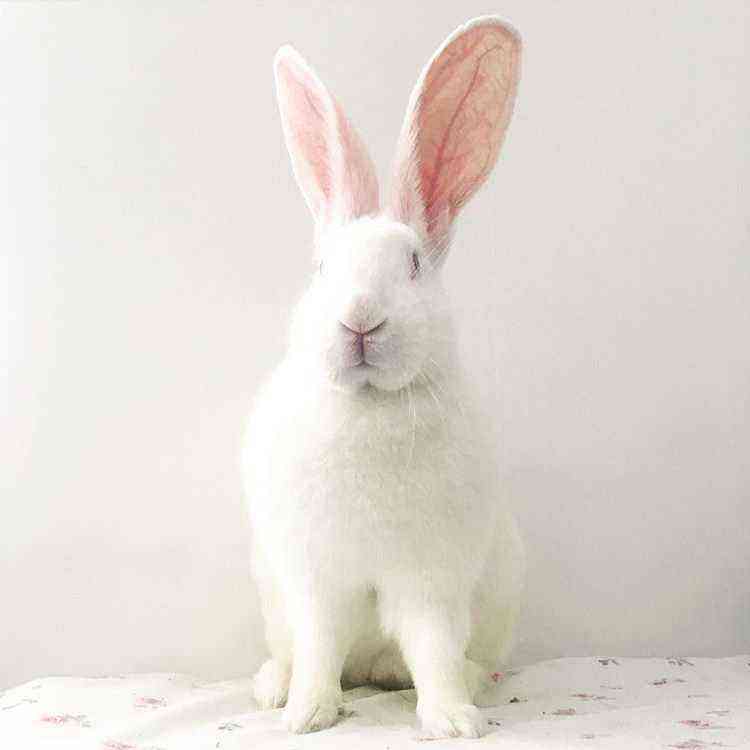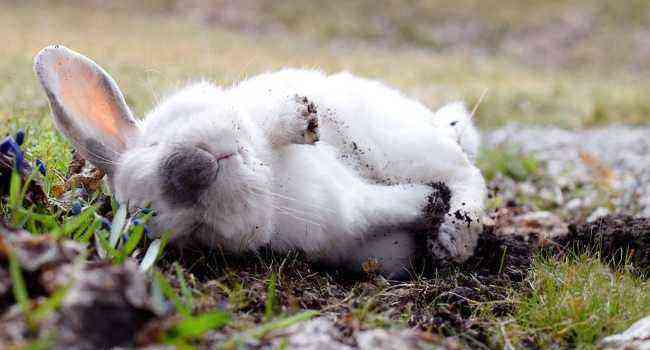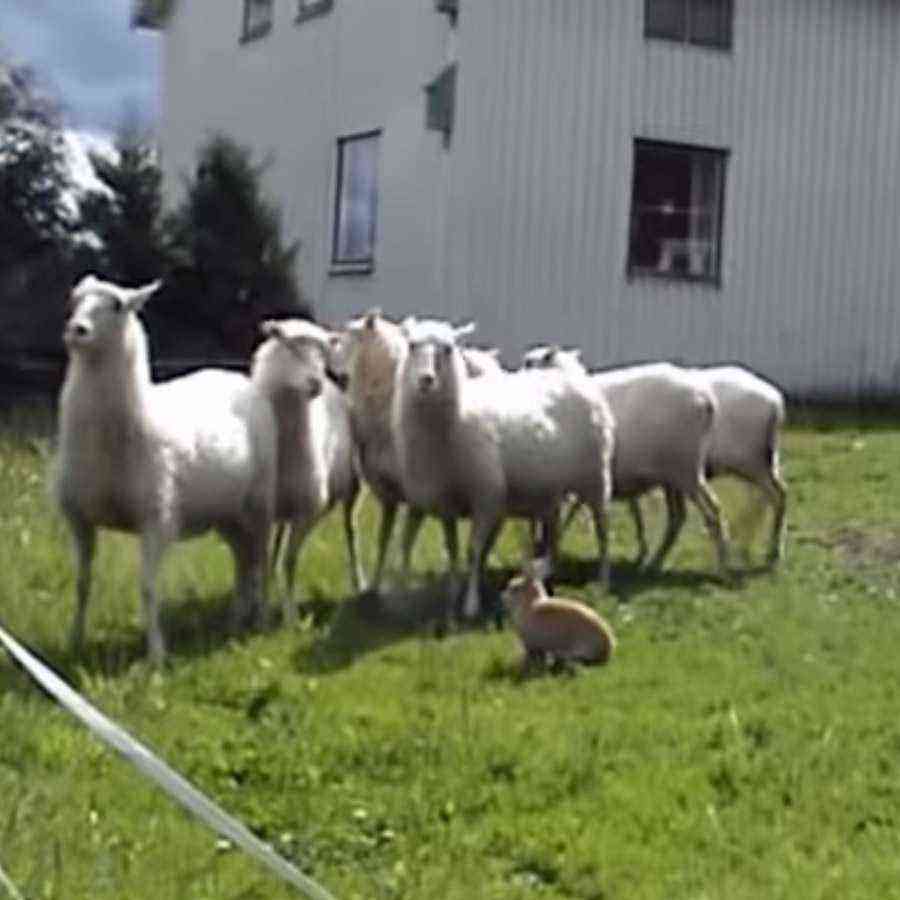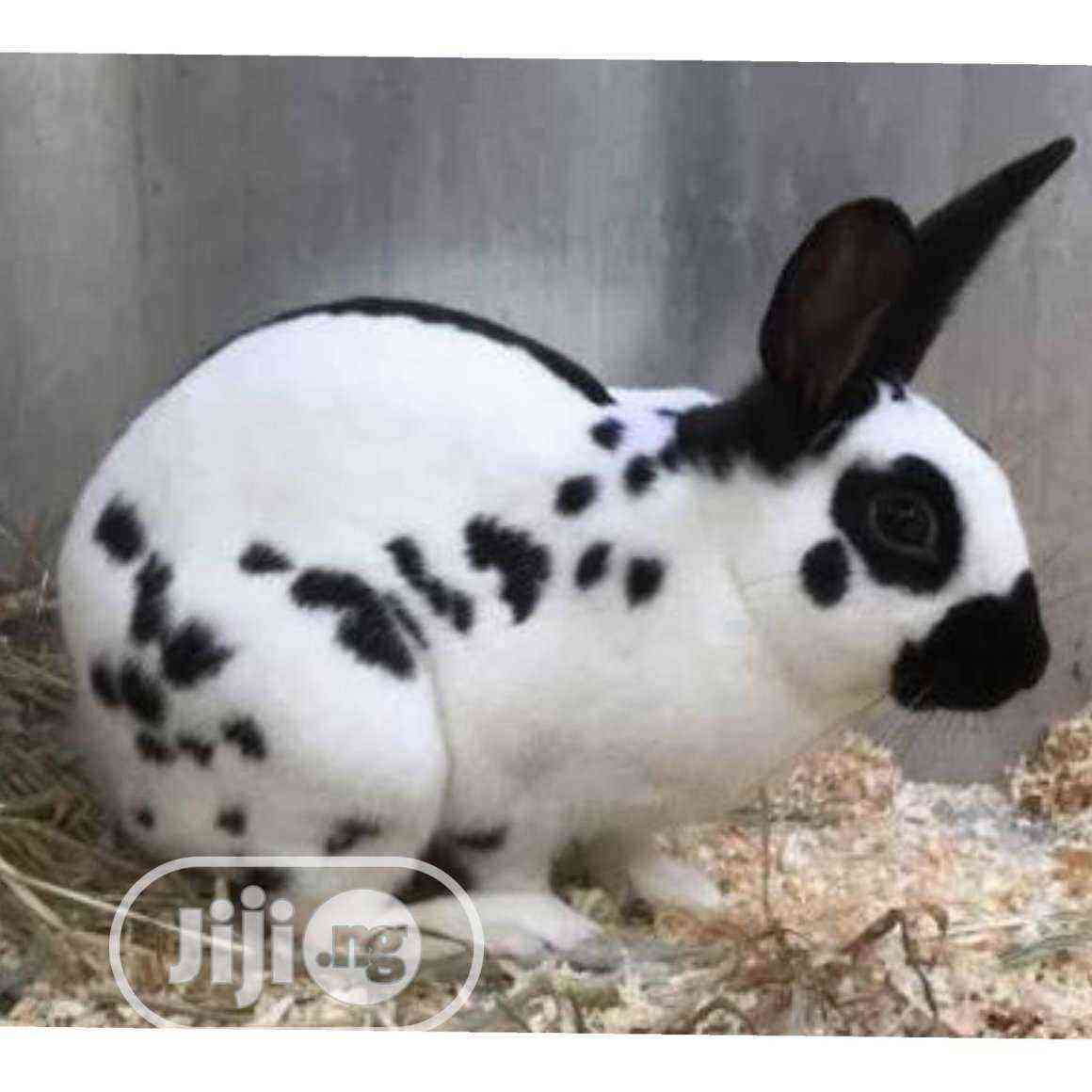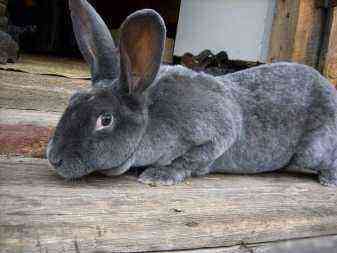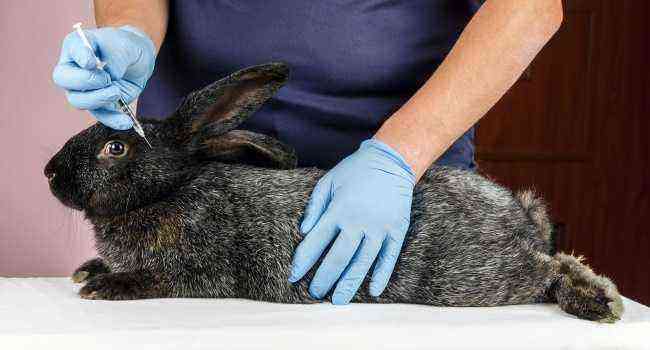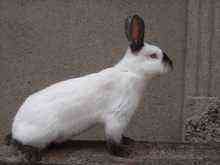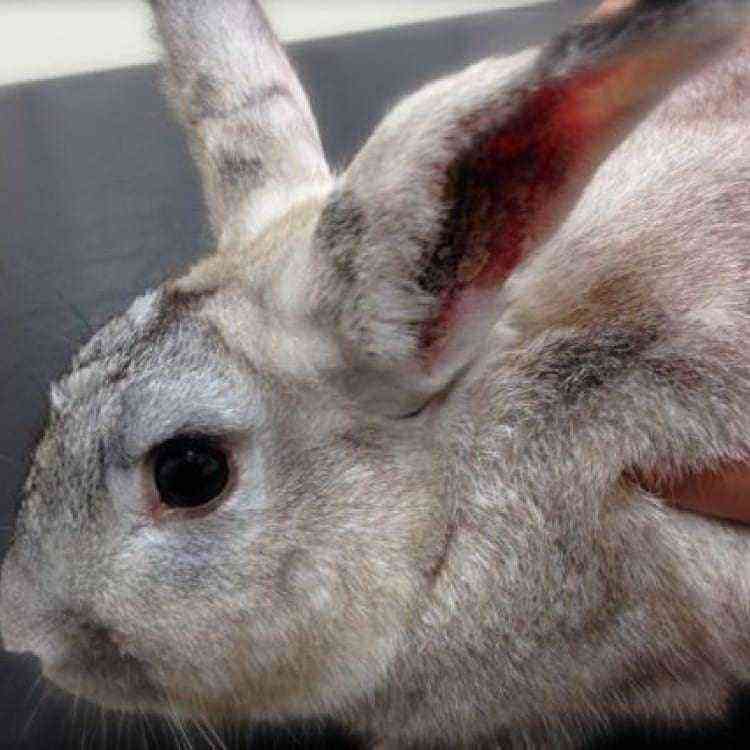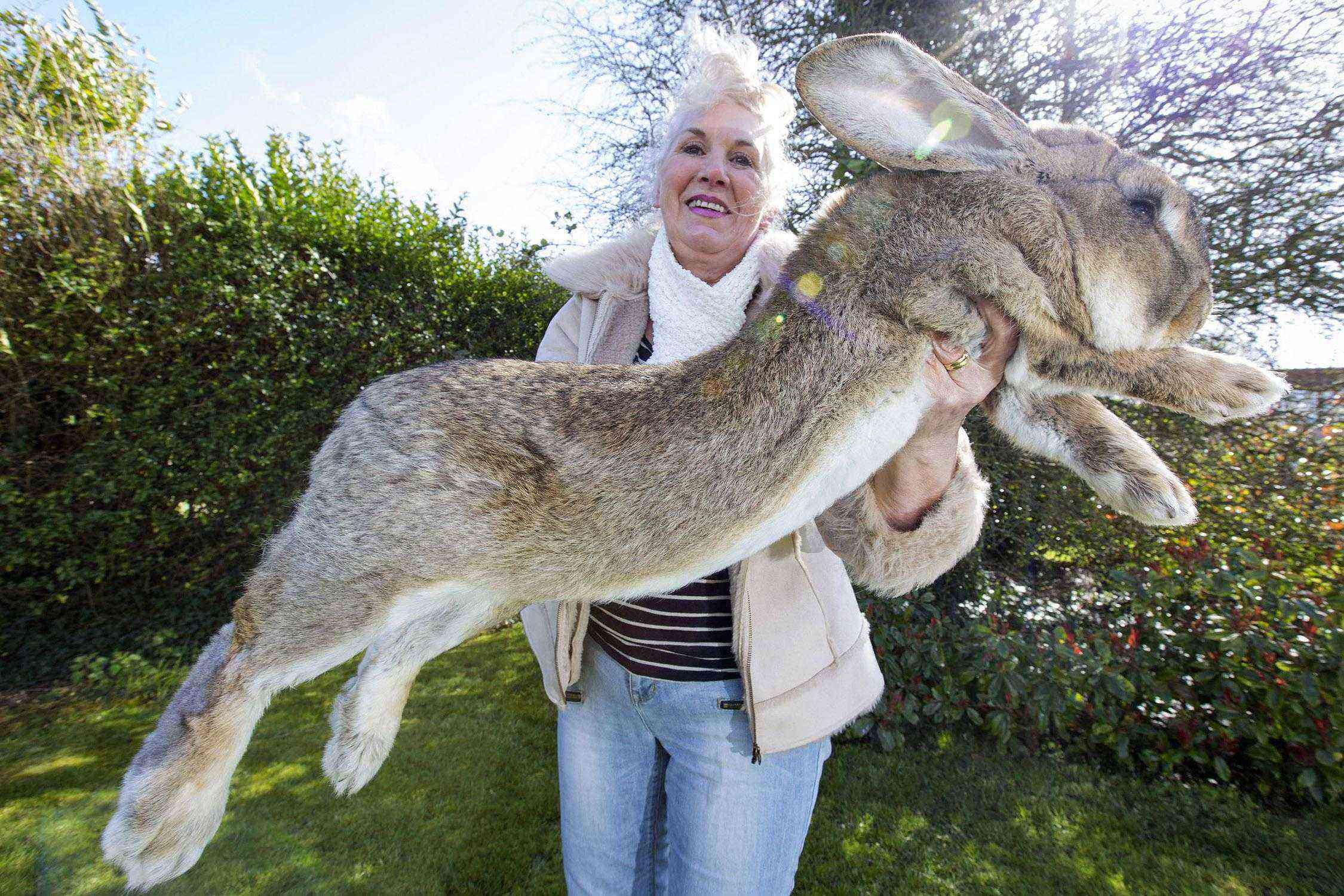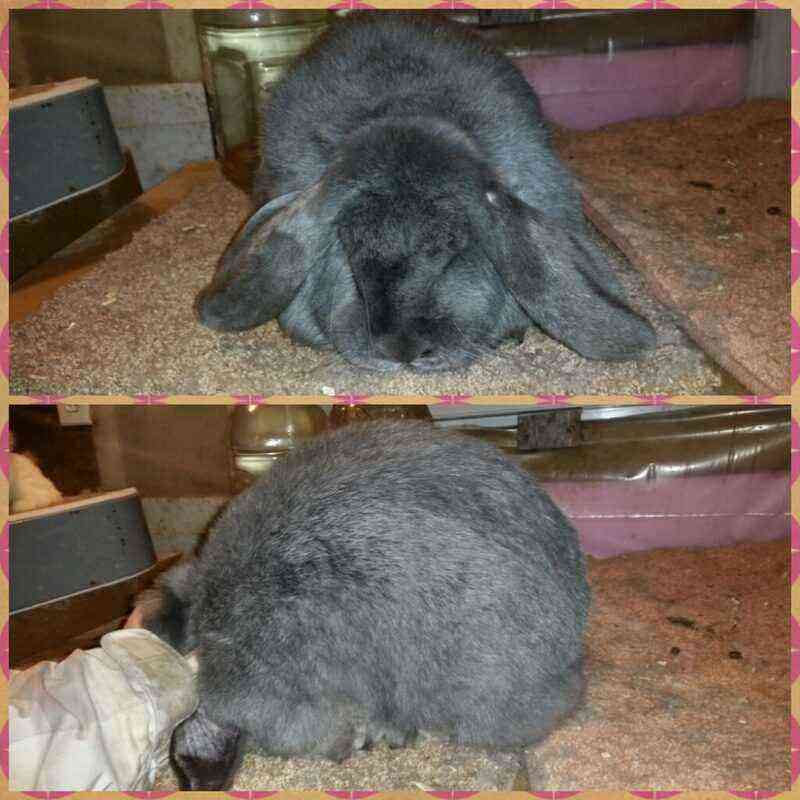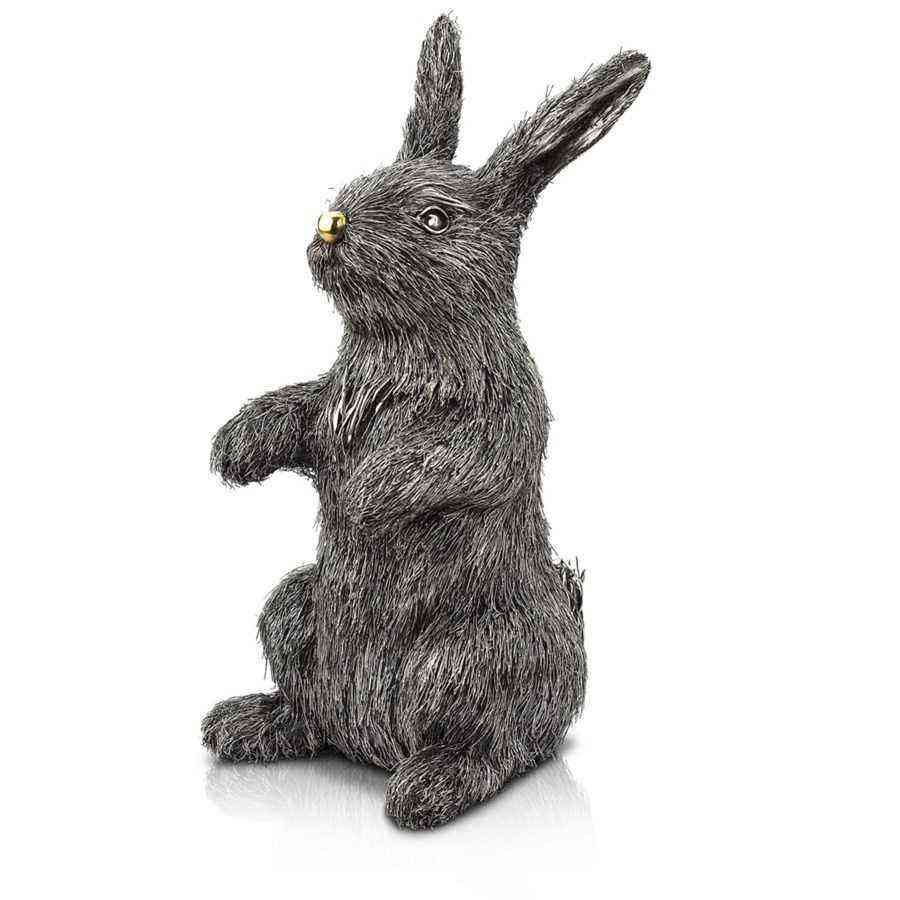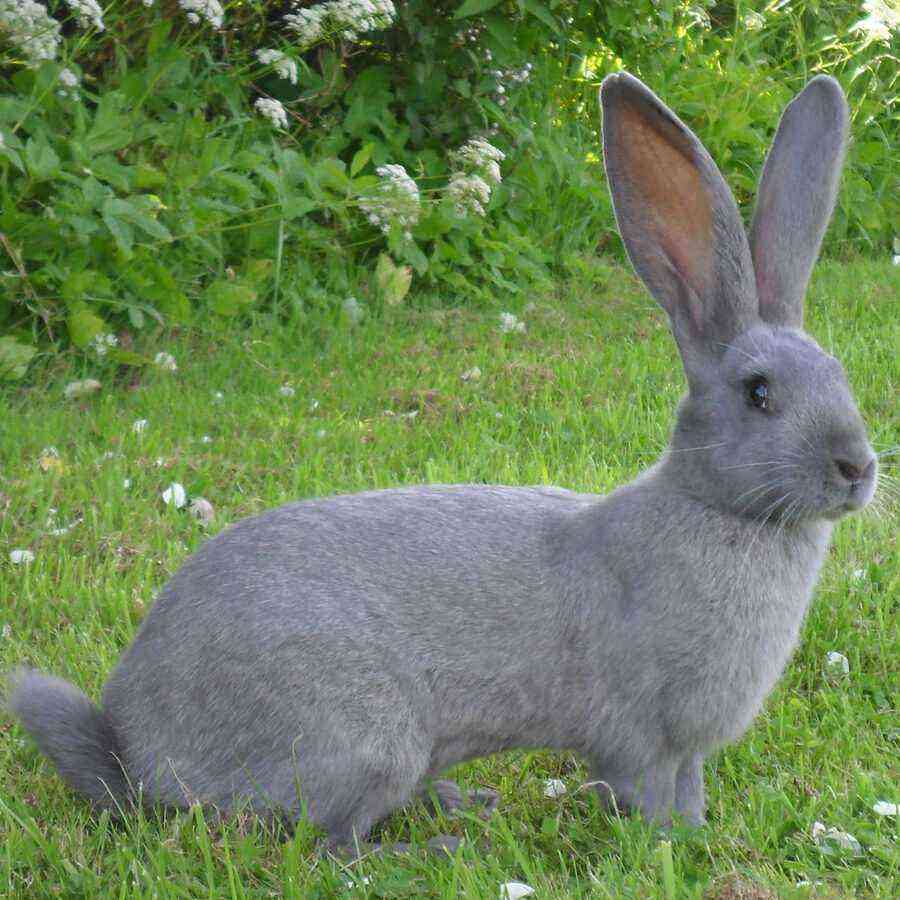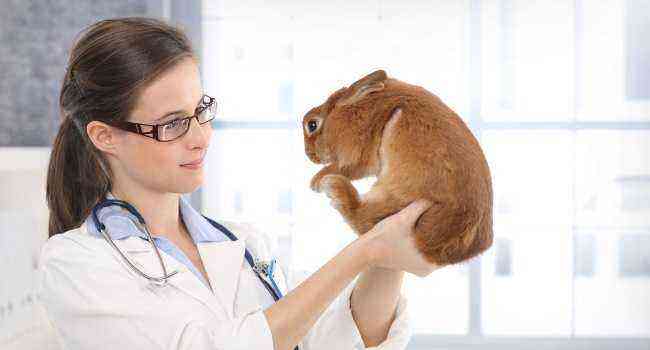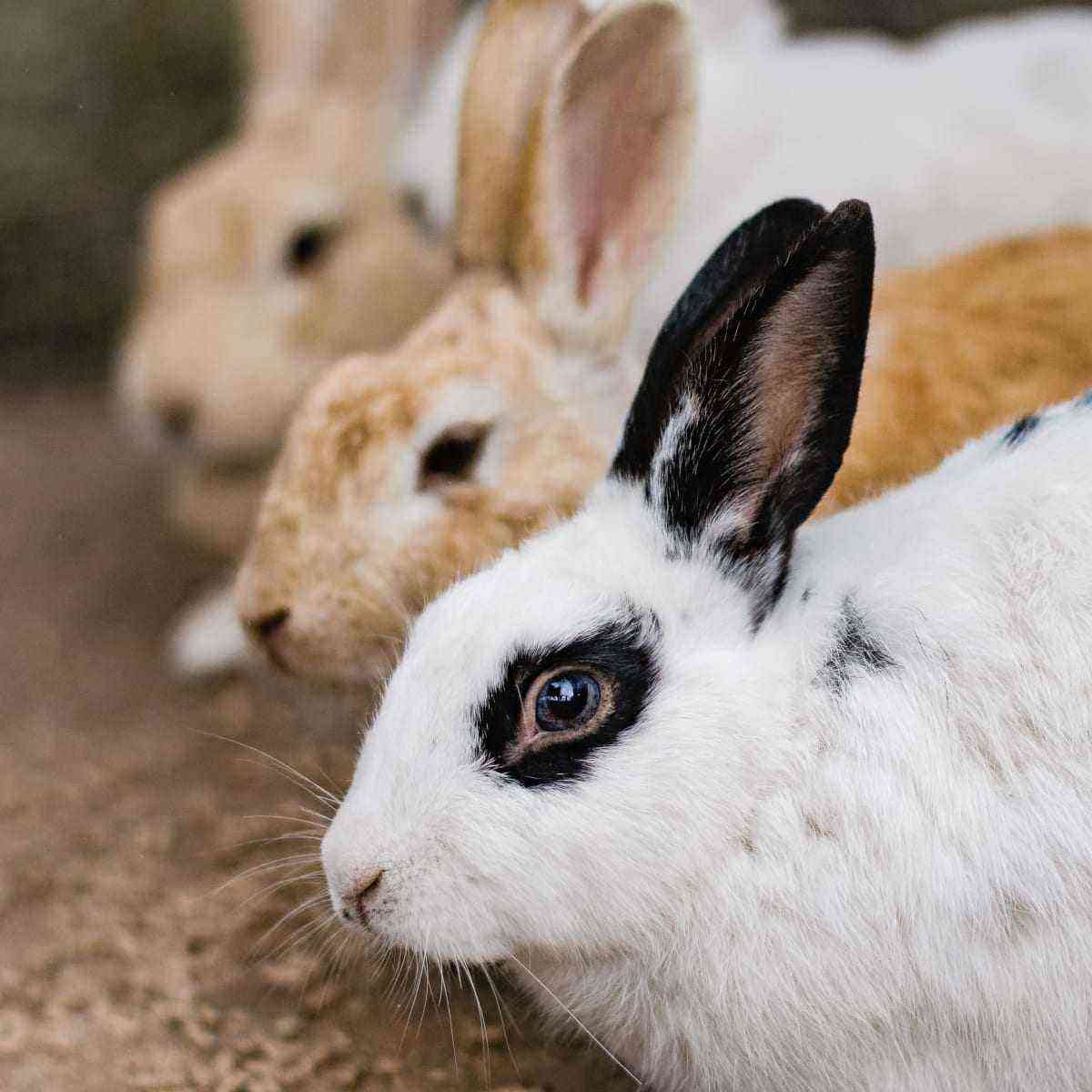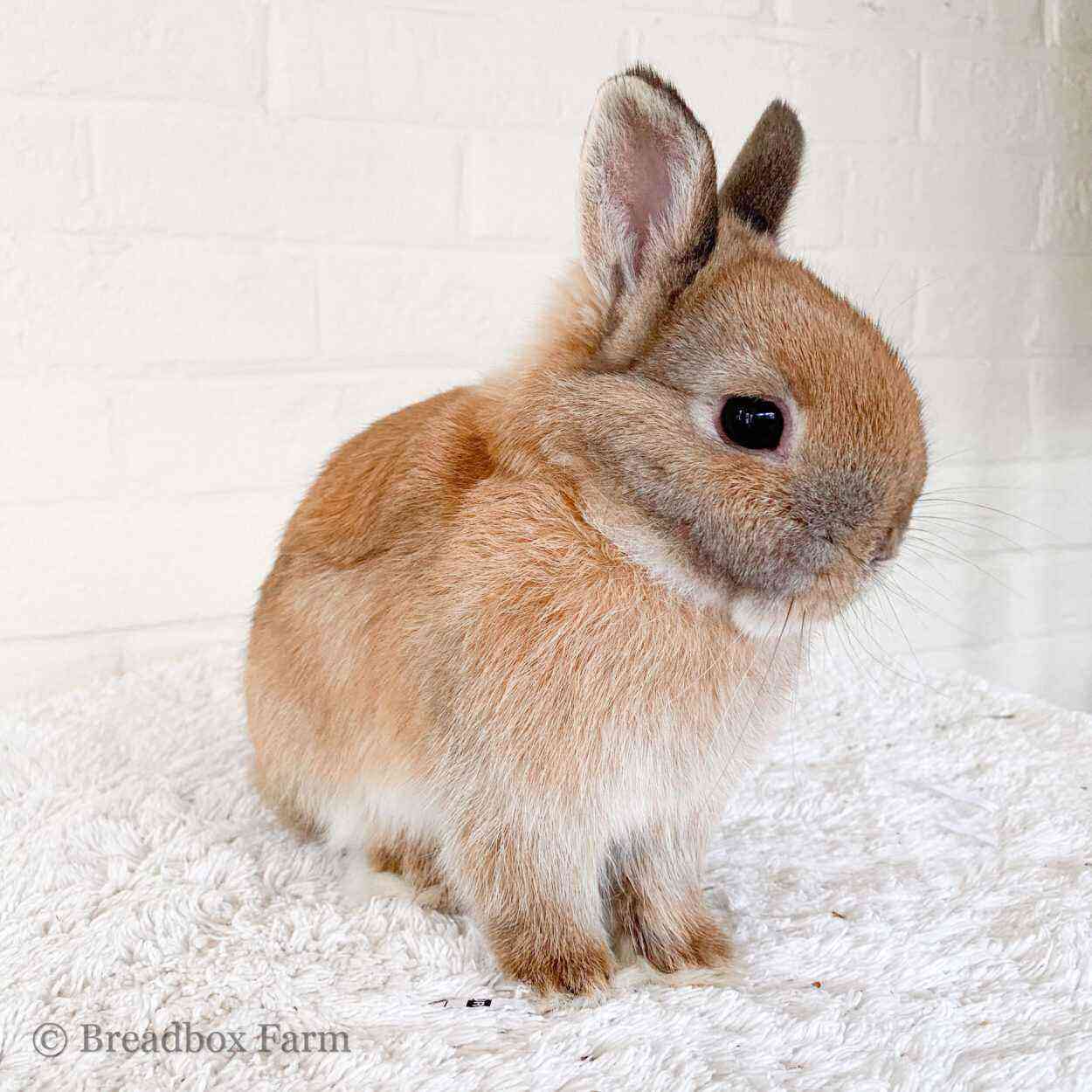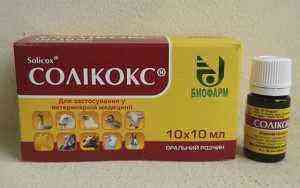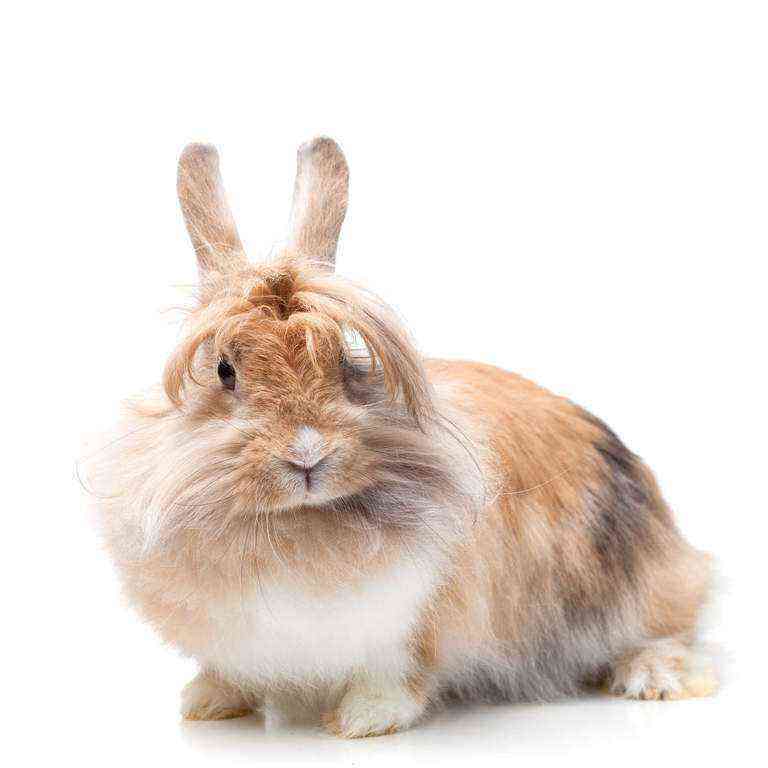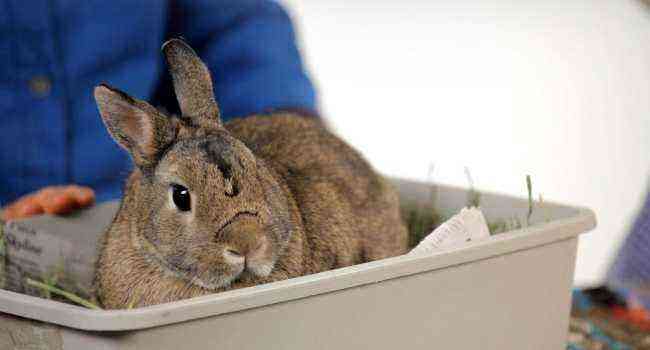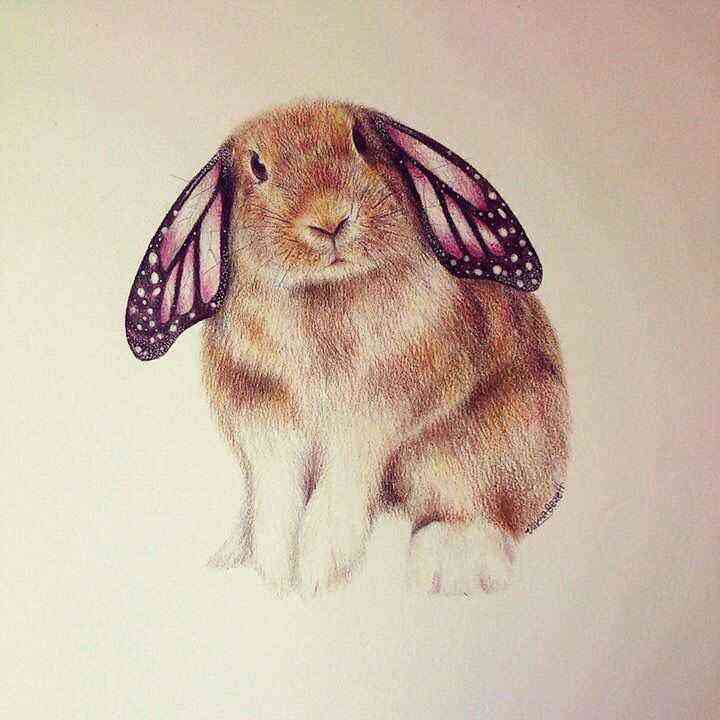Rabbit breeding is a fairly popular branch of the economy. People raise rabbits for meat and fur. There are many breeds of this animal, but the Flanders rabbit, which has a lot of advantages over its relatives, is especially popular when grown at home.
Characterization
Flanders rabbit is grown not only on large farms, but also at home. The Belgian giant has a particularly valuable fur coat and meat. The breed, bred in Belgium in the XNUMXth century, has become popular all over the world.
According to scientists, Argentina, France and the German region can also be considered the homeland of the Flemish.
The description of the breed indicates that the characteristics of the rabbit have changed a lot in recent years. The animal became more prolific and hardy.
There are several hypotheses about the origin of the Belgian giant:
- The hybrid arose thanks to breeding work in which Argentine, Patagonian, Flemish rabbits participated.
- The origin of the breed is based on the selection of the Patagonian rabbit, whose homeland is considered to be the south of America. However, the reliability of this hypothesis is in doubt, since the Patagonian representative is much smaller than the Belgian giant.
- The Belgian animal is the result of crossing several individuals of the large Flemish rabbit. This breed no longer exists.
Flandra rabbits have an elongated large body. The ears of the animal are elongated, and the cheeks are characterized by volume.
Outwardly, this animal looks good-natured and clumsy. However, thanks to strong and large front paws, the animal can always stand up for itself.
According to some, this pet is fat and not very attractive in appearance. But for other owners, this breed is simply ideal for breeding at home.
The Belgian giant is quite large, its body length reaches 0,7 m, and the volume of the sternum is 0 m. The back of the animal is not only flat, but also slightly concave. The wool of this rabbit can be dyed in the following colors:
- white;
- sand;
- sandy with a reddish tint;
- blue;
- the black;
- gray with dark shades;
- Gray.
The location of the ears of the animal is vertical, they are slightly expanded from the sides. There is a black stripe in the upper part of the organ, the length of the ears can reach 23 centimeters. The head of the rabbit is large, it has wide cheeks that look like they are puffed up from the inside.
The female of the Belgian giant weighs 8000-9000 grams, and the male, in turn, the male, has a mass of 2-3 kg more.
This breed of rabbits is distinguished by the density of wool, which has a length of 0,4 meters. Pets of large breeds usually live no more than 7-8 years. Some people keep them in their apartments as pets.
Advantages and disadvantages
The Flanders breed has a lot of advantages, but rabbit breeders also highlight some of the disadvantages of the animal. The advantages of the Belgian giant include the following characteristics:
- fertility of females, sufficient amount of milk, rare cases of stillbirth;
- the newborn cub has good viability;
- calmness, balanced character, lack of sudden mood swings;
- indiscriminate eating, quick adaptation to a new diet;
- no need for special care;
- strength of immunity, resistance to temperature changes;
- the possibility of breeding with further obtaining meat and skins;
- growing a fluffy animal as a pet.
Cons of the breed:
- low quality fur;
- voracity;
- low yield of slaughter meat.
Characteristics of character
Belgian rabbits are considered an attractive breed not only for the breeder, but also for the layman. The animal has the following character traits:
- calmness;
- friendliness;
- non-aggressiveness;
- sociable attitude towards adults and children;
- high intelligence, which is compared with the intelligence of a dog;
- the opportunity to get along with other pets;
- balance and non-conflict of females during the period of gestation of rabbits.
How to choose?
It is necessary to buy a Flandra rabbit when it reaches the age of 3-4 months. It is worth making a purchase in a nursery or on a farm. Usually the first litter of the animal is unsuccessful, as well as from the old individual. It is better to take a rabbit from a middle-aged female.
If the owner plans to breed the Belgian giant for meat, then the baby should be taken from a litter with a large number of cubs.
But also do not forget that in a large litter, the quality of the rabbits will be worse, as they may not have enough milk from the female.
If the flandre is purchased for decorative purposes, then it should be taken from a small litter.
In addition to the number of cubs in the female, the future rabbit breeder should pay attention to the external characteristics of the animal.
A healthy animal has a sparkle in the eyes, clear nasal passages, and the coat looks beautiful and pleasant to the touch.
Also, the buyer should see what the inside of the rabbit’s paws looks like. If the wool sticks together on it or it has a brown color, then such an animal should be discarded. Wool can stick together in case of abundant discharge from the visual and auditory organs. Accordingly, the rabbit may suffer from rhinitis or myxomatosis. Despite the low activity of the breed, the animal should not be lethargic, as this may indicate the presence of some kind of ailment.
Content
Reviews of rabbit breeders indicate that the Belgian giants are somewhat demanding on the conditions of detention. At home, you should follow certain rules for caring for animals.
Dwelling place
Flanders rabbits are characterized by large sizes, so the animal house must be of suitable size for a comfortable stay in it. The dimensions of the Belgian giant’s dwelling should be as follows: 100 cm by 110 cm, while the height of the structure should be at least 0,5 m. Alternatively, you can keep this breeding animal in an aviary on the floor.
But since the mini-aviary takes up a lot of space, it is usually installed on farms where rabbits are massively bred, or in the country.
A large breed of animal has poor adaptability to living on a lattice, so it is better for it to equip smooth floors to avoid pododermatitis. As a litter, hay is ideal. In the aviary, you should not make a pallet, a two-component litter will be a more convenient option. You can lay out the bottom layer of sawdust, and the top layer of hay.
A humid and warm place is an ideal environment for the spread of mold, harmful insects, fleas and bacteria. For this reason, after cleaning the rabbit cells, they should be disinfected. It is best to singe the dwelling of the animal with a blowtorch, and after that treat with disinfectants. Such activities will make the cells sterile and safe.
Food
Flemish rabbits require a balanced and high quality diet. The physical development of the animal depends on the diet, with poor feeding, the animal will grow weakly, will not gain the desired weight, or become ill. The mass of the animal is considered an important indicator for farmers who raise animals for meat.
The rabbit breeder must observe how the weight changes over the months, adding new or removing familiar foods from the menu.
For convenience, a table with a diet can be compiled.
A lack of nutrients can cause rabbit rickets at an early age. The following components should be present in the daily diet of the Belgian giant:
- grain mixture or compound feed;
- in the summer – dried grass;
- in winter – hay;
- grains;
- vegetables;
- supplements in the form of minerals;
- wet mix.
Flanders should be fed twice a day. To prepare a mash, you need to mix the following components:
- pumpkin;
- zucchini;
- carrots;
- fodder beets;
- cabbage;
- boiled potatoes.
To prepare compound feed, a bucket of corn, a bucket of sunflower cake, 2 buckets of barley and 2 times more oats are mixed. Before serving food, it is worth mixing a bucket of mash, a few kilograms of feed. This mixture can be enriched by adding 2 teaspoons of Biomycin, 3 teaspoons of salt and 5 teaspoons of bone meal.
In order for the process of assimilation of food to take place in the best way, it is worth feeding the rabbits in a certain order. The fact is that the stomach of these animals digests food for a different amount of time:
- root crops – for 2 hours;
- fresh grass – 3-4 hours;
- silage – 4-5 hours;
- rough food – 9-12 hours.
When feeding a pet, you should follow the above sequence. The feeding regimen of the Belgian giant is as follows.
- Morning. Half of the daily volume of concentrated feed is given out.
- Dinner. Fresh grass, you can hay.
- Evening. Silage and the rest of the concentrated feed.
Basic rules for feeding flanders:
- rabbits should eat at the same time;
- fresh herbs are served dried;
- a new product should be introduced gradually;
- the root crop is initially washed out, after which it is cut into small pieces and served to the animal;
- barley should be crushed in advance, and legumes should be soaked;
- fresh cabbage should be given along with hay;
- food should not be frozen, rotten, moldy.
According to the advice of experienced breeders, hay should be fed in moderation to rabbits. In the summer, it is necessary to supplement the dry diet with green vegetation.
Among the prohibited products for this breed of animal, potato tops, poisonous varieties of herbs, stone fruit twigs, elderberry twigs, and broom are distinguished.
Hygiene
The giant rabbit does not need complex or special care. A person will only need to spend their time cleaning the pet’s cage, changing the bedding to prevent unpleasant odors.
The owner should also remember that an animal that lives indoors requires regular ventilation.
Walking
Currently, many people acquire the Belgian giant and raise it as a pet. The animal feels great in apartment conditions, while behaving calmly and friendly. The rabbit does not need regular walking.
Breeding
When growing a flandra rabbit, it is worth remembering that males and females should be placed in different cages, that is, each representative separately. This room should be large and spacious so that there is enough space for the female with the cubs.
The maturation of the animals occurs at the age of 8 months, during this period the animal is ready to mate. Mating can be done at any time of the year. However, autumn is considered the most unfavorable period for mating, since at this time the rabbit molts, and there is also a reduction in daylight hours.
During the summer, the female is ready to mate every week. In winter, mating can be carried out once in 8-10 days, with a duration of 4 days.
The readiness of the female for mating can be detected by her behavior: the animal behaves excitedly, does not eat well, her genitals swell and turn red.
Two weeks before mating, it is necessary to change the diet of the animal. Animals should be fed with a large amount of vitamins, increase the volume of mineral feed, the male should be fed with boiled potatoes and grains.
Before mating begins, a drinking bowl, a feeder must be taken out of the dwelling of the Belgian giant, and only after that a female should be placed next to it.
Replanting should be done a couple of days after the first.
At this time, the pregnancy of the female is checked, the fertilized individual will not mate again.
A pregnant female should not be limited in food and drink, otherwise she may eat newborn cubs. The expectant mother should be kept separately and not experience stress. The amount of water and food has a direct impact on the amount of milk that the female will feed the babies. At the age of 3 months, rabbits should be weaned from their mother.
An overview of this breed of rabbits, see below.
